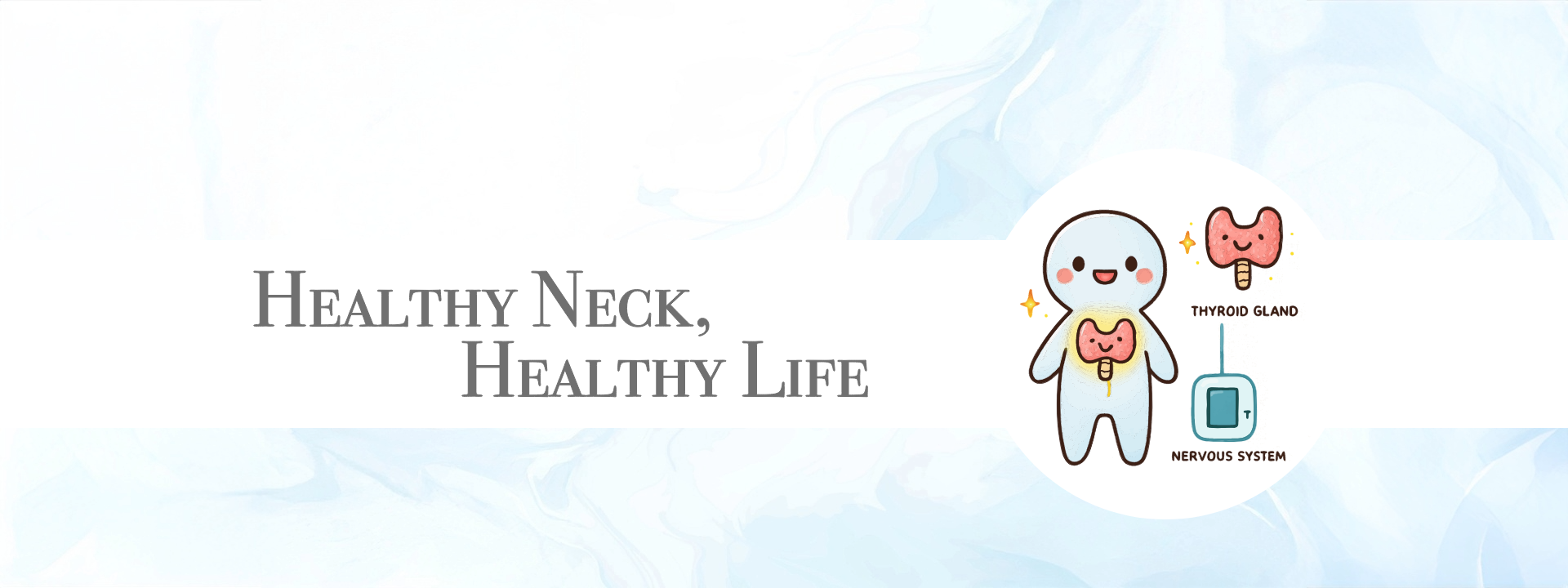This section provides a detailed explanation of preventive measures against mental health symptoms caused by hypothyroidism and the impact on the sympathetic nervous system, as discussed earlier.
- Preventive Measures
- The Importance of Checking Around 3rd Grade
- Early Identification and Response to Headaches and Car Sickness
- Relationship Between Thyroid Abnormalities and Spinal Misalignment
- Necessary Treatment Process for ImprovementBelow are the steps for necessary treatment processes for improvement.
- Physical Support for Improvement
- Education to Improve Treatment Reproducibility
- Conclusion
Preventive Measures
• Check for spinal misalignment and autonomic nervous system disorders starting from around the 3rd grade of elementary school.
• Early identification of headaches and car sickness in younger children, and if autonomic nervous system disorders are suspected, take early action to address nerve compression caused by spinal misalignment.
These two points need to be prioritized.
The Importance of Checking Around 3rd Grade
Around the 3rd grade of elementary school, spinal misalignment causing autonomic nervous system disorders is often observed. This is a period of growth, and since the body’s development is not complete, early detection and treatment can significantly improve the condition.
What should be noted here is not to rely solely on treatments but also to incorporate exercises that support the core and pay attention to posture while using smartphones, studying, watching TV, or relaxing. Particularly in recent years, the opportunity to play outdoors has decreased, and there has been a noticeable decline in muscle strength due to excessive use of smartphones and games.
Additionally, during early childhood (ages 3–5), giving children smartphones or tablets to watch YouTube or other content while mothers are busy with housework has been linked to an increased risk of school refusal, although this topic is not the focus of this article.
Early Identification and Response to Headaches and Car Sickness
Many patients with mental health symptoms show early signs during childhood, especially headaches and car sickness. These symptoms are often caused by misalignment of the 1st and 2nd cervical vertebrae, which have a significant impact on the parasympathetic nervous system.
One common cause of cervical misalignment is sleeping on the stomach. The compression of the parasympathetic nervous system can lead to muscle contracture, especially in the upper half of the body, which can contribute to scoliosis. Headaches and car sickness have been reported in many cases starting around the 1st grade of elementary school.
Relationship Between Thyroid Abnormalities and Spinal Misalignment
At the neck-specialized chiropractic clinic, many patients with mental health symptoms and thyroid abnormalities are seen. Diagnosing areas of spinal misalignment, reduced range of motion, and muscle contracture helps determine the progression of symptoms and the direction for improvement.
Based on these points, it is important to regularly check the condition of the spine and provide appropriate care to prevent thyroid dysfunction and mental health symptoms.
Necessary Treatment Process for ImprovementBelow are the steps for necessary treatment processes for improvement.
① Examination and Treatment in the Prone Position
• Check for areas of muscle contracture, particularly in the upper body, and identify regions with reduced range of motion in the spine.
• Perform precise palpation to examine reduced range of motion in the thoracic and lumbar spine.
• For cervical examination, lightly check for misalignments of C1 and lateral processes.
• The treatment goal is to check whether the muscles have relaxed, and if the range of motion in the intervertebral and costovertebral joints has been restored.
Ensure that the spinous processes are easier to touch. When there is contracture due to misalignment, the area between the spinous and articular processes in the lumbar region may be difficult to palpate. These areas are essential for listing (range of motion examination), so it is crucial to ensure they can be palpated effectively.
② Cervical Adjustment in the Supine Position
• Conduct cervical range of motion checks and perform adjustments.
• Avoid the “popping” adjustments that are difficult to perform with precision, and use alternatives like activators or cervical stretches.
• Avoid any rapid extension-based adjustments.
• Use activators or cervical stretches for safe and effective adjustments.
• Correcting the lower cervical vertebrae is more challenging, requiring careful adjustments.
C1’s range of motion is complex, and the accuracy of the adjustment directly impacts the recovery of symptoms, so precision is essential.
Physical Support for Improvement
① Neck-Specialized Pillow Developed by the Clinic
• Designed to replicate the clinic’s treatment techniques and promote improvement in the cervical curve.
• Not only supports the cervical curve but also takes into account the junction between the lower cervical and upper thoracic vertebrae.
• Regular use is expected to prevent deterioration, enhance treatment effects, and speed up improvement.
② Product to Improve Smartphone Neck (C7-T1 Flexion Displacement)
• Use for 3-5 minutes a day to adjust the flexion displacement from C7 to T2.
• Apply static pressure from A to P (anterior to posterior) to help restore the range of motion in the intervertebral joints and facilitate nerve transmission.
• Improves nerve communication with the thyroid gland and supports functional recovery.
This product has been patented as “Correction Pillow” PA230011 as of January 2024.
Education to Improve Treatment Reproducibility
Since each patient’s spine alignment, shape, size, and length differ, treatments such as listing (range of motion examination) and corrections, especially for the cervical and upper thoracic spine, require individualized approaches. Additionally, the degree of muscle contracture and types of displacement vary, making extensive knowledge and experience necessary.
To ensure high reproducibility in treatment, three key factors are essential:
• Detailed analysis of the deteriorated areas
• Accuracy of the correction
• Accurate diagnosis of post-treatment recovery
After acquiring knowledge and skills, it is crucial to practice and increase the reproducibility of treatments while working directly with mental health patients.
Furthermore, since popping adjustments are difficult for fine-tuning, it is preferable to use activators or stretching adjustments to ensure safe and reproducible treatments.
These techniques must be directly taught by the clinic director, with more practitioners acquiring the necessary skills. Mental health patients continue to increase, and medications like tranquilizers and antidepressants do not offer a fundamental cure. Therefore, treatment should be prioritized before relying on medication.
Conclusion
This article has discussed the potential impact of hypothyroidism and the sympathetic nervous system on mental health symptoms, and detailed preventive measures and treatment processes. It emphasized the importance of checking for spinal misalignment and early detection of autonomic nervous system disorders, particularly around the 3rd grade of elementary school. Additionally, early symptoms such as headaches and car sickness, often appearing in childhood, need to be addressed promptly.
I also introduced specific approaches to cervical adjustments for improving treatment precision and highlighted the importance of education to ensure reproducibility. I recommended safe and precise treatment methods rather than popping adjustments.
Lastly, I introduced physical support products such as a neck-specialized pillow and a product for correcting smartphone neck, suggesting that they can contribute to improving thyroid function. Combining these approaches can help improve and prevent mental health symptoms caused by hypothyroidism.
Moving forward, it is essential to improve and spread chiropractic techniques, providing fundamental care to more mental health patients. By focusing on spinal alignment, we can normalize nerve transmission and contribute to the improvement of mental health without relying on medication.



コメント